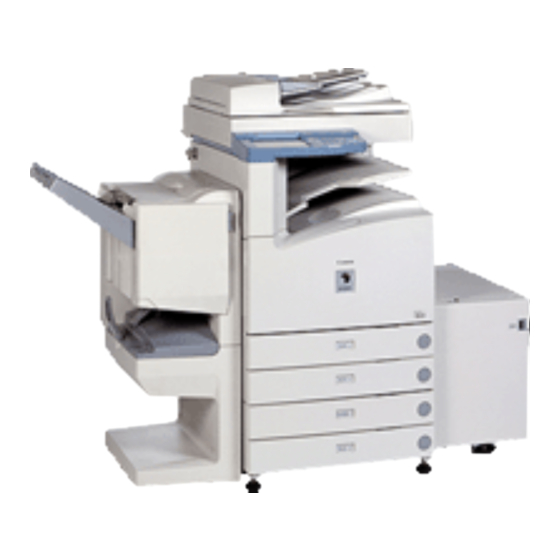
Canon imageRUNNER 105 Network Manual
Hide thumbs
Also See for imageRUNNER 105:
- Function manual (167 pages) ,
- Brochure & specs (12 pages) ,
- Media manual (2 pages)









Need help?
Do you have a question about the imageRUNNER 105 and is the answer not in the manual?
Questions and answers